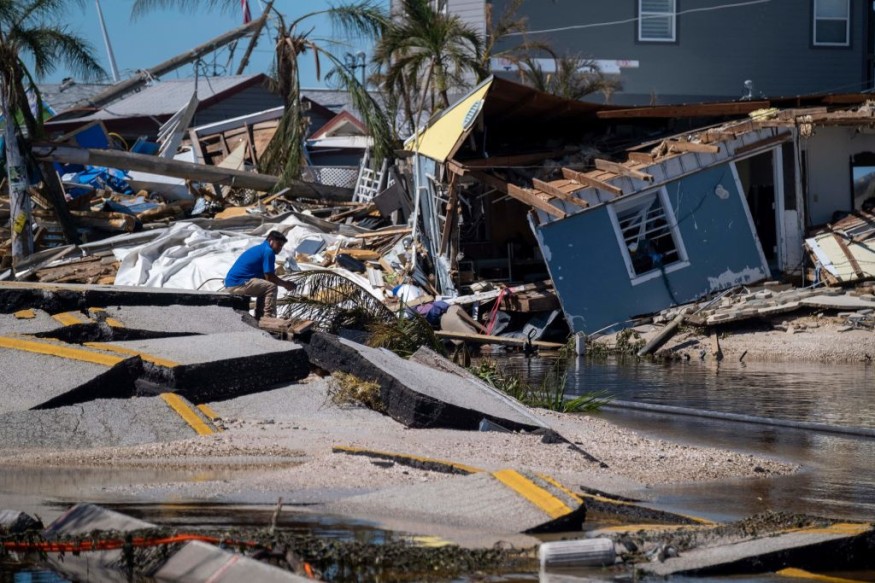On Wednesday, the World Meteorological Organization stated that the names Ian and Fiona, two of 2022's most disastrous weather catastrophes, will no longer be used for tropical storms or hurricanes in the Atlantic basin.

Retiring the Names
On Wednesday, the organization's hurricane committee said it had removed Fiona and Ian from the list of names for revolving Atlantic tropical cyclones, as per AccuWeather.
In September 2022, Fiona and Ian both grew into powerful storms. Because of "the death and destruction they wrought in Central America, the Caribbean, the United States, and Canada," the WMO said that the storm names had been retired.
Farrah and Idris will replace Fiona and Ian in 2028, joining the list of other names for tropical storms used throughout 2022, such as Bonnie and Danielle.
Each year, forecasters use four lists in the Central Pacific and six rotating lists in the Atlantic and East Pacific to name storms.
According to the WMO, storms are given names in part to facilitate the dissemination of storm warnings and increase public awareness of their potentially fatal threats.
The NHC states that the storm names are eventually changed if they cause enough damage or loss of life that "the future use of its name on a different storm would be unsuitable for obvious reasons of sensitivity."
Since 1953, 96 names have been crossed off the Atlantic list.
Naming the Hurricanes
Since the 1800s, names for hurricanes have taken many different forms.
However, a new worldwide phonetic alphabet for naming storms was adopted in 1953.
The NHC claims that this year, female storm names were introduced in the country.
This procedure persisted until 1978, when male names were added to the East Pacific storm names list.
The Atlantic used an alternating list of male and female names in 1979.
Hurricane Fiona severely damaged many nations. It first touched down on September 18, 2022, as a Category 1 hurricane with top sustained winds of 85 mph on the extreme southwest coast of the U.S. territory of Puerto Rico.
In addition to severe flooding, the hurricane in Puerto Rico brought about a total blackout on the island.
With sustained gusts of 90 mph, Fiona made landfall in the Dominican Republic almost 12 hours later.
Fiona eventually strengthened to a Category 4 storm over the Atlantic; however, it passed the Turks & Caicos Islands as a Category 3 hurricane.
Ian and Fiona
Fiona, a post-tropical cyclone that made landfall in Atlantic Canada, was the costliest meteorological event ever to affect the area.
Fiona caused nearly $3 billion in damages throughout the Caribbean and Canada and 29 direct and indirect fatalities.
On September 27, 2022, Category 3 Hurricane Ian landed in Cuba's Pinar del Río region.
The cyclone subsequently turned its attention to the United States, coming ashore the next day as a Category 4 hurricane in Lee County, Florida.
The storm was the deadliest hurricane to hit Florida since 1935, killing 149 people.
In some cases, wind gusts exceeded 100 mph, with a gust of 128 mph recorded in Grove City.
Ian's damages were around $112 billion in only the United States, making it the most expensive storm in Florida history.
Related Article : Exposure to Major Disasters Can Cause Long-Term Mental Health Problems
For more climate and weather updates, don't forget to follow Nature World News!
© 2026 NatureWorldNews.com All rights reserved. Do not reproduce without permission.





